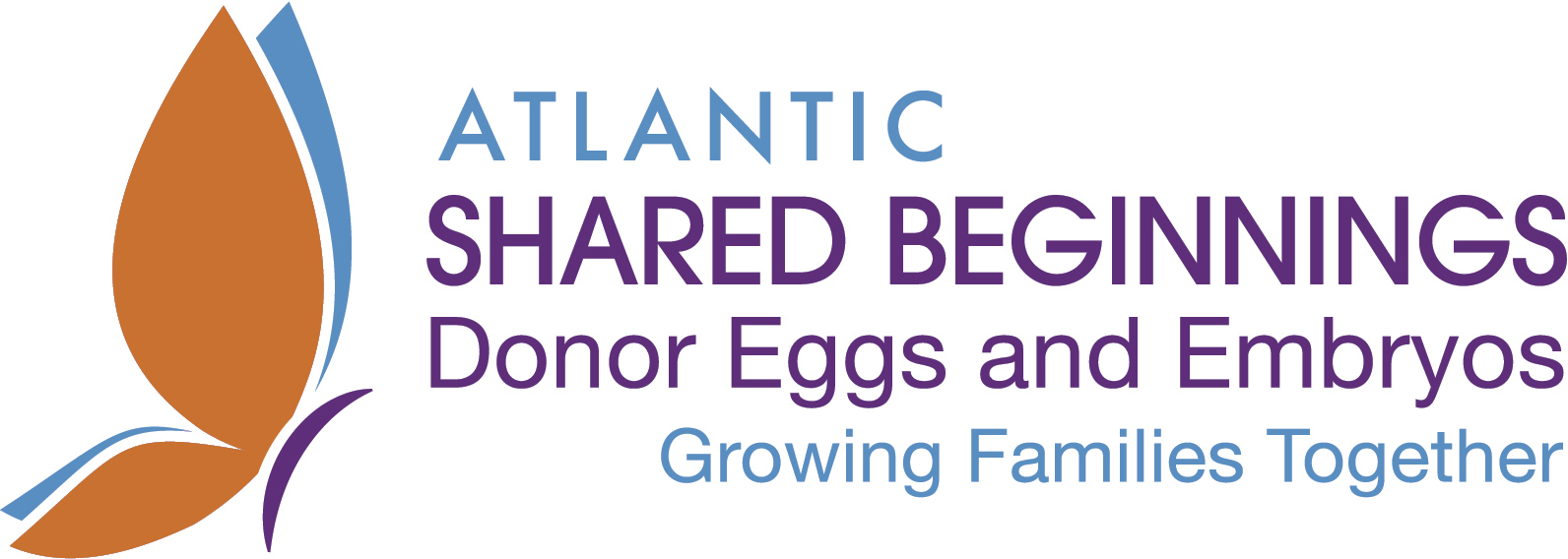Fresh and frozen embryos start the very same way—with ovulation induction and monitoring. Then, the female undergoes an egg retrieval procedure, and the eggs are fertilized with either the partner’s or sperm donor’s sperm.
There are two ways to transfer an embryo after a woman’s eggs are retrieved. The embryo can be transferred during the time of development and culture through a fresh embryo transfer, or the embryo can be frozen and thawed for a transfer at a later date.
According to the Society for Assisted Reproductive Technology, SART, with either a fresh or frozen embryo transfer, the lining of the uterus needs to be prepared so the embryo can more easily implant. With a fresh transfer, the estrogen made by the ovarian follicles helps to prepare the endometrium. Patients may use estrogen patches, pills, or shots to help the endometrium with a frozen transfer.
Choosing fresh over frozen, or vice versa, also depends on the individual’s health and situation. For example, a patient should not do a fresh embryo transfer if she has high progesterone levels or is at risk for hyperstimulation from the medications used to induce egg maturation.
The Difference Between Fresh and Frozen Embryo Transfers
Frozen embryo transfers (FET) are becoming even more common. There are several reasons why a patient may choose or be encouraged by their IVF clinician to consider a frozen embryo transfer.
- FET cycles are more convenient. In addition, a FET cycle allows the patient to select her transfer date and schedule her monitoring visits well in advance.
- If using an egg donor, the recipient does not have to sync her cycle with the donor, which can be frustrating and unsuccessful.
- Suppose you have elected to do preimplantation genetic testing (PGT) testing. In that case, it takes 2-4 weeks to get results back, so a fresh embryo is not feasible, and the embryos will be cryopreserved (frozen).
“Embryo biopsy can be done to detect chromosomal abnormalities in the embryo. Preimplantation genetic testing takes place 5-6 days after egg retrieval. First, the embryo is biopsied and evaluated for chromosomal and genetic abnormalities,” said the program director. “The embryologist then chooses only chromosomally normal embryos for transfer, increasing the odds of a healthy pregnancy.”
Fresh embryo transfer means transferring the embryos in the same cycle in which the hormone-stimulating injections have been given and the oocytes (eggs) have been retrieved from the ovaries. The fresh embryo transfer takes place about four to six days after the oocyte retrieval has been done.
Frozen embryo transfers do not happen in the same treatment cycle, but at a later date, in the luteal phase of another menstrual cycle. A patient can do FET in a natural cycle or replacement cycle. The replacement cycle means giving the patient estrogen supplementation for about two weeks, adding progesterone for four to six days, and then transferring the frozen-thawed embryos.
A fresh embryo transfer will occur 3-5 days later, while a FET could occur years later. When it does happen, a thawed embryo will be implanted into the uterus.
Here’s a breakdown of the pros and cons of each type of transfer:
Fresh Embryo Transfer Pros:
- Faster process. After the egg retrieval, the recipient has the transfer five days later.
- Less expensive because there is no embryo thaw fee. If donor eggs are used and the embryos do not develop, the recipient cycle will be canceled, resulting in lost time and money.
Fresh Embryo Transfer Cons:
- Using your eggs, due to the number of fertility medicines and additional hormones, a patient may have higher-than-normal levels of hormones in her system, making implantation more difficult.
- Appointments are unpredictable. You have to wait for the egg donor’s retrieval time if you are the recipient.
“In an egg donor cycle, it can be a logistical nightmare to get everyone there and sync the recipient’s cycle with the donor,” said program director. “It can be necessary to stall the recipient with medications to match the egg donor’s retrieval day.”
“Another downfall of a fresh embryo transfer is If the egg donor doesn’t respond well and the embryos do not develop, the clinician will cancel the recipient cycle,” added King. “You then start all over with a new egg donor but still have to pay for the clinic’s monitoring fees, and you don’t get that money back. It’s tremendously disappointing and expensive.”
Frozen Embryo Transfer Pros:
- PGT testing. Patients planning genetic testing of the embryos must freeze the embryos while waiting for test results.
- Babies born from frozen embryos may be healthier at birth. For example, studies show that frozen embryo babies are less likely to be linked to low birth weight. In addition, a study from the New England Journal of Medicine found that women with infertility issues associated with polycystic ovary syndrome (PCOS) had higher live birth rates with FET.
- Fresh embryo transfers require egg development, stimulation medication, and embryo growth. The only medication you have to consider for FET are those that thicken the lining of the uterus. This type of medicine reduces the overall physical and emotional stress for the mother.
- Allows potential parents the flexibility to plan, save high-quality embryos at a younger age, and move forward with implantation later. It also will enable couples facing extraordinary circumstances, such as cancer treatments, the chance to pursue having children after interfering treatments are completed.
Frozen Embryo Transfer Cons:
- A disadvantage to frozen embryo transfers is the possibility embryos may not survive the freezing/thawing process. However, since frozen embryos have survival rates exceeding 95 percent, the risk is minimal.
- FET involves additional time, and adding another month to the waiting time can be frustrating when trying to have a baby.
According to SART, some studies have shown that pregnancies from a frozen embryo transfer are less likely to be ectopic or result in preterm delivery. Also, the babies seem to be less likely to have low birth weight because the woman’s hormonal environment is very different in a fresh IVF cycle due to ovarian stimulation. In contrast, the hormonal environment may be more physiologically similar to a pregnancy conceived without any infertility treatment in a frozen cycle. So the pregnancy outcomes may be more likely to be typical with a FET.
“If you make a cost comparison of the two, the frozen transfer is more expensive, but we see better outcomes, and that’s why we are recommending it,” the program director added. “And you add in the PGT and ERA—many patients are opting toward FET. On top of that, we know you have a viable embryo.”
There has been an increase in pregnancy rates with frozen embryo transfers. Intended parents know precisely when their transfer will be months ahead, and there’s no guesswork. They can plan work and trips around that date, and everyone’s prepared in advance.

